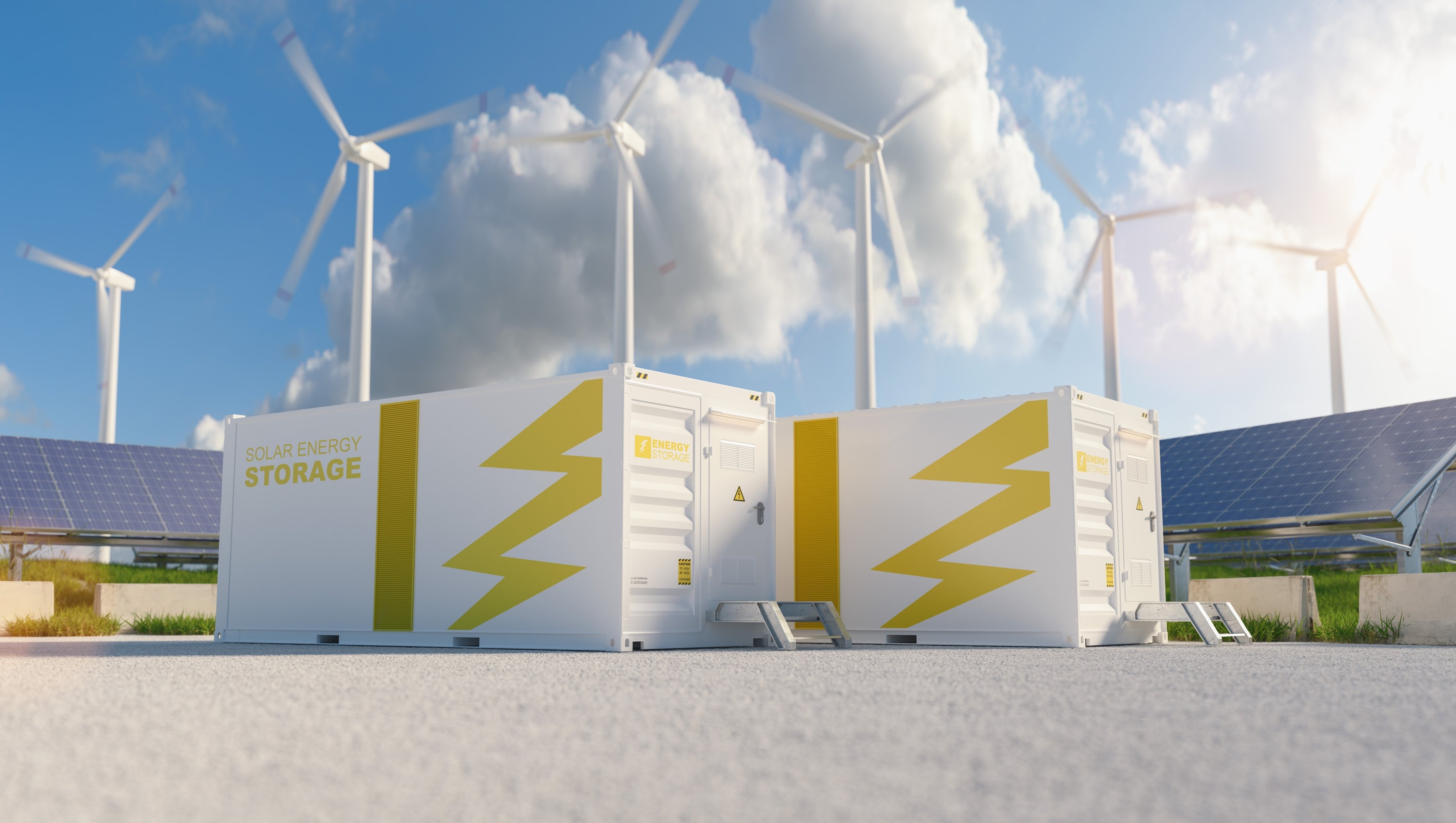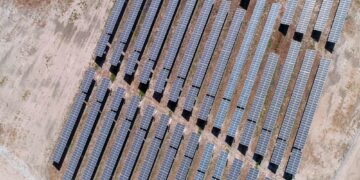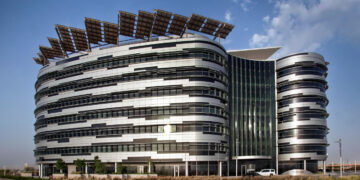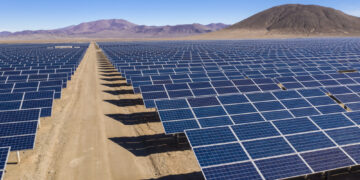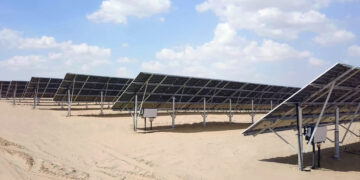Scientists at King Abdullah University of Science and Technology have pinpointed several ideal locations in Saudi Arabia for storing solar and wind energy, which could enhance water management and food security. The study highlights two promising sites along the Red Sea, requiring approximately $16.5 billion investment, though further research is needed to confirm their viability.
Published in the Renewable and Sustainable Energy Reviews, the study explores the potential of seasonal pumped hydropower storage in decarbonizing Saudi Arabia’s power sector. Researchers, including Yoshihide Wada and Julian Hunt, suggest these storage sites could significantly aid in balancing the electricity grid, aligning with the Kingdom’s ambitious plans to source at least 50% of its electricity from renewables by 2030 and achieve net-zero emissions by 2060.
The study emphasizes the Kingdom’s rich solar and wind resources, noting the importance of transitioning to renewables for improved water management. With electricity demand surging during summer, infrastructure capable of storing energy from cooler months is crucial. While battery solutions address daily cycles, seasonal pumped hydropower offers a longer-term solution, utilizing desalinated water stored in mountain reservoirs to generate power on demand.
However, each storage site costs around $10 billion, necessitating careful selection of locations based on factors like water evaporation, salinity, and proximity to renewable plants. The study integrates water management into its design to provide a comprehensive assessment of how large-scale projects can support renewable adoption in Saudi Arabia.
